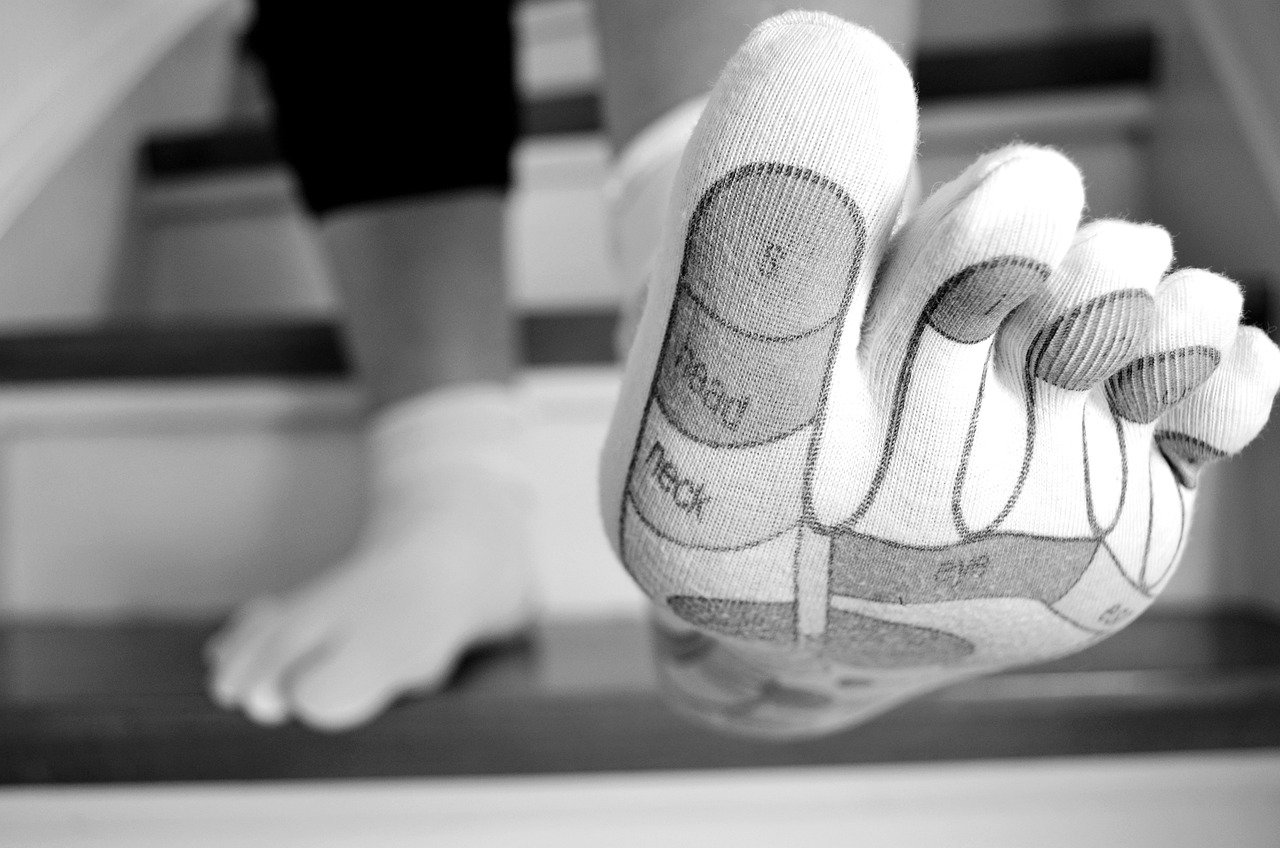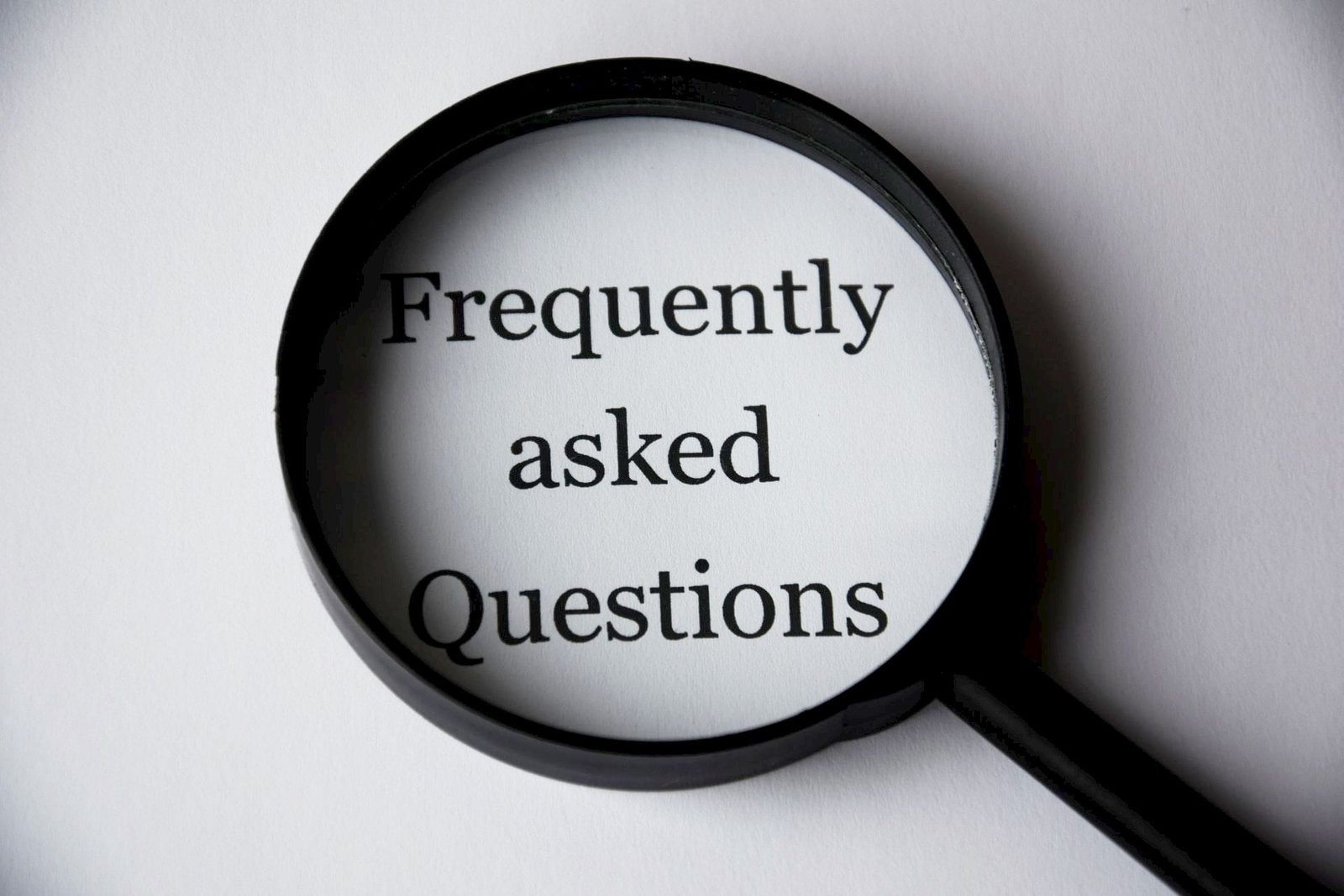Plantar Fasciitis is a common foot condition that affects many people around the world. It can cause severe discomfort and pain in the heel, often making it difficult to walk or stand for long periods of time. There are different treatments available, but reflexology has gained popularity as an effective non-invasive method to manage the symptoms of plantar fasciitis.
In this blog, we will guide you through everything you need to know about plantar fasciitis and how reflexology can help alleviate its symptoms. We’ll explain what reflexology is, how it works, and explore various techniques that can be used for this purpose. We’ll also provide tips for those who want to try reflexology at home and give advice on when it’s best to seek professional help. By the end of this article, you’ll have a better understanding of reflexology’s effectiveness in treating plantar fasciitis and how it can benefit you.
Understanding Plantar Fasciitis
Plantar fasciitis, a common orthopedic condition, causes heel pain and stiffness due to undue stress on the thin ligament, often affecting individuals with flat feet or who stand for long periods.
What is Plantar Fasciitis?
Plantar fasciitis is a painful condition caused by inflammation of the plantar fascia, which connects the heel to the toes. It commonly results in heel pain, especially during the first steps of the day or after prolonged standing. Factors like obesity and tight calf muscles can contribute to its development. Treating plantar fasciitis may involve stretching, massage, and reflexology to reduce inflammation and improve circulation.
Identifying Risk Factors of Plantar Fasciitis
Identifying the risk factors of plantar fasciitis involves considering obesity, long periods of standing, unsupportive footwear, flat feet, high arches, tight calf muscles, and stress-inducing activities like running and dancing.

Exploring Reflexology as A Solution
Exploring reflexology involves applying much pressure on specific foot points to address plantar heel pain, reducing inflammation and improving circulation for relief from soreness. Incorporating reflexology supports the whole healing process.
What is Reflexology?
Reflexology is an alternative therapy that applies pressure to specific reflex points on the feet, hands, and ears. By stimulating these points, healing and relaxation can be promoted. It can help release tension, improve circulation, and support the body’s natural healing processes, making it beneficial for addressing plantar fasciitis.
How Reflexology Can Help with Plantar Fasciitis
Easing plantar heel pain, reflexology targets foot reflex points to reduce inflammation, improve circulation, and provide natural relief for individuals with plantar fasciitis.
Getting Started with Reflexology for Plantar Fasciitis
Before commencing this treatment, it’s crucial to communicate any medical history and foot discomfort to the practitioner for personalization. Consider consulting a licensed reflexology practitioner experienced in addressing foot-related conditions.

Necessary Tools for Reflexology
Appropriate tools are vital for reflexology sessions targeting plantar fasciitis. A foot roller, tennis ball, and massage oils aid in addressing heel pain effectively. Consulting a practitioner for guidance is essential.
Preparing for a Reflexology Session
Preparing for a reflexology session for plantar fasciitis involves ensuring clean, moisturized feet, communicating foot pain to the practitioner, and creating a relaxing environment for an effective treatment. Establishing open communication is key.
Techniques of Reflexology for Plantar Fasciitis
Utilizing deep tissue massage, acupressure, and rolling pin pressure on reflex points can release tension, reduce inflammation, and provide relief from plantar heel pain. Incorporating foot massage and myofascial release may address specific discomfort.
Heel-of-hand Technique
Targeting the plantar fascia, the heel-of-hand reflexology technique aids in relaxation, stimulates the sole, and alleviates undue stress on the plantar fascia for relief from plantar heel pain.
Thumb Pushes Technique
Utilizing this reflexology technique aids in relieving tension and tightness in the plantar fascia. It targets the bottom of the foot, improving blood flow and alleviating pain associated with plantar fasciitis.
Toe Flexing Technique
Targeting the big toe reflex point, this method aids in stretching the plantar fascia, reducing inflammation, promoting relaxation, and addressing soreness associated with plantar fasciitis. The toe flexing technique delivers relief.

Advanced Reflexology Techniques
Incorporating advanced reflexology techniques provides comprehensive relief for plantar fasciitis, targeting specific pressure points to address deep tissue pain and inflammation for long-lasting results. Advanced techniques like ball massage and ice massage offer targeted relief.
Ball Massage Technique
Utilizing a tennis ball, the reflexology technique targets plantar heel pain, releasing tension and improving blood flow for relief from plantar fasciitis. It offers effective and convenient pain management.
Ice Massage Technique
Utilizing the ice massage reflexology technique aids in numbing and soothing the plantar fascia for relief from pain. The technique offers a cooling and therapeutic method for addressing plantar fasciitis discomfort.
Professional Reflexology for Plantar Fasciitis
Seeking licensed reflexologists for targeted relief ensures advanced and effective techniques to address chronic plantar heel pain with tailored reflexology sessions.
When to Consult a Professional Reflexologist
If home remedies don’t work, severe pain persists, or daily activities are affected, seek a licensed reflexologist. They provide specialized relief for persistent plantar heel pain.
What to Expect in a Professional Reflexology Session
During a professional reflexology session, the therapist targets specific reflex points, assesses symptoms, and employs advanced techniques for plantar heel pain relief. The approach is comprehensive and attentive.
The Outcome of Reflexology for Plantar Fasciitis
Individuals undergoing reflexology for plantar fasciitis may experience reduced pain, improved mobility, and enhanced foot health. This alternative therapy offers relief from inflammation, stiffness, and discomfort, leading to improved circulation and relaxation. With the potential for long-term relief and improved function, reflexology enhances overall well-being.
Does Reflexology Really Help in Alleviating Symptoms of Plantar Fasciitis?
Reflexology, an ancient practice that applies pressure to specific points on the feet, is believed to improve circulation and reduce pain and inflammation. Research suggests that reflexology may help manage plantar fasciitis symptoms. Consult with a professional before pursuing reflexology for plantar fasciitis. Combining reflexology with proper medical treatment can potentially offer relief for symptoms.

Are there any risks or side effects to receiving reflexology treatment?
Receiving reflexology treatment is generally safe, but it may not be suitable for everyone. Side effects are rare, but some individuals may feel lightheaded or nauseous after a session. It’s important to remember that reflexology should not replace medical treatment, and consulting a healthcare professional before trying it is advisable.
How often should I receive reflexology for maximum benefit?
For maximum benefit, the frequency of reflexology sessions depends on the severity and duration of your plantar fasciitis. Initially, weekly sessions for 6-8 weeks may be recommended. After that, monthly maintenance sessions can help prevent a recurrence of symptoms. Consult a certified reflexologist for the best treatment plan.

Conclusion
In conclusion, reflexology has shown promising results in providing relief from the symptoms of plantar fasciitis. This treatment is targeting specific reflex points on the feet, reflexology can help reduce pain and inflammation, improve blood circulation, and enhance overall relaxation and well-being. It is important to note however, that reflexology should not be considered a standalone treatment for plantar fasciitis, especially in severe cases. It is always recommended to consult a professional reflexologist who can provide personalized guidance and treatment based on your specific condition.
In essence, Reflexology, when combined with other conventional treatments and self-care practices, can contribute to the management and alleviation of plantar fasciitis symptoms. So, if you’re seeking natural and alternative methods for relief, consider incorporating reflexology into your foot care routine.
I hope you found this blog helpful and please feel free to comment and share.
Thanks for reading!
 | Tracy J. Founder, The heel GP |
